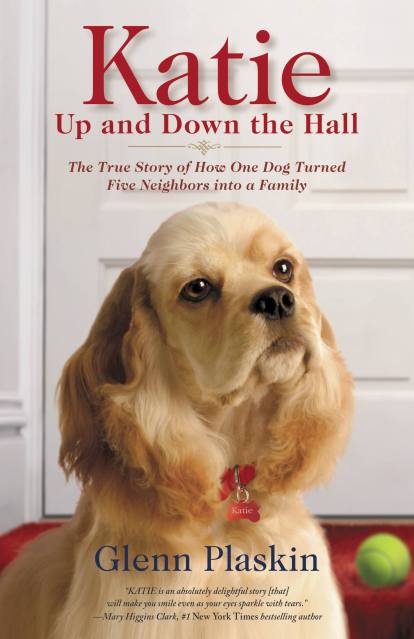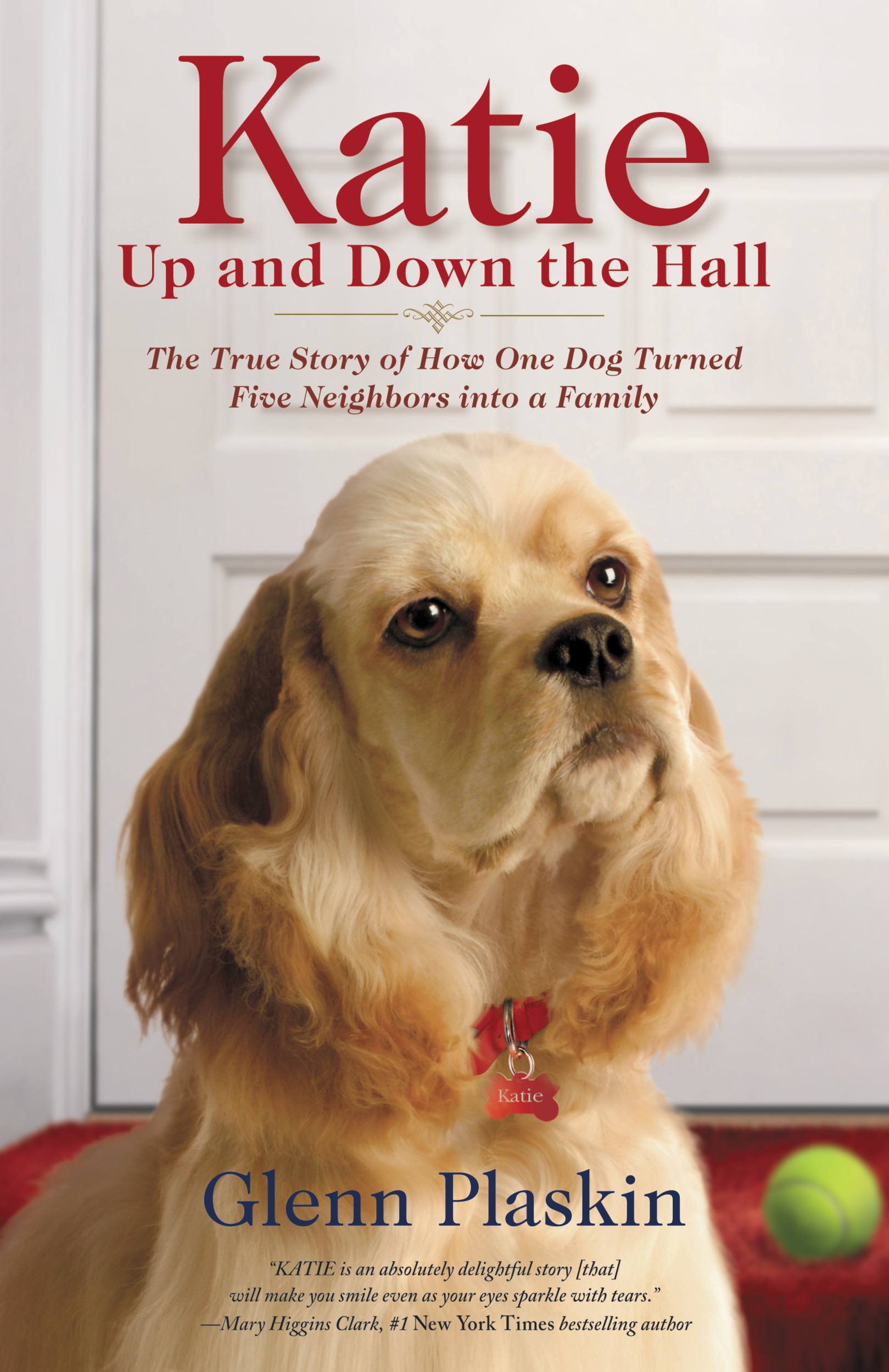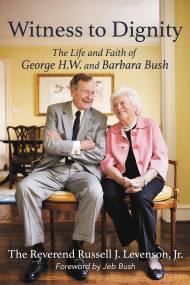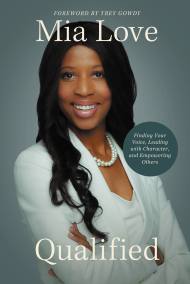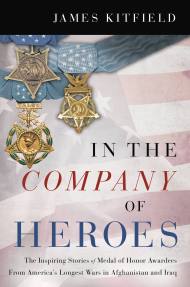Promotion
Use code MOM24 for 20% off site wide + free shipping over $45
Katie Up and Down the Hall
The True Story of How One Dog Turned Five Neighbors into a Family
Contributors
Formats and Prices
Price
$9.99Price
$12.99 CADFormat
Format:
- ebook $9.99 $12.99 CAD
- Audiobook Download (Unabridged)
- Audiobook CD (Unabridged) $26.98 $29.98 CAD
This item is a preorder. Your payment method will be charged immediately, and the product is expected to ship on or around September 8, 2010. This date is subject to change due to shipping delays beyond our control.
Also available from:
All of their lives are profoundly changed as they are transformed from neighbors to friends to family, with Pearl as matriarch. The motherless boy finds a “Granny”; his Dad inherits a mother, Glenn discovers a confidante. Set in New York City, we witness nearly sixteen years of antics and family adventures spanning Hollywood high times, bad health, accidents, blustery winters, even the terrors of 9/11. Through it all, the family clings to each other, sharing a deep bond that give each comfort, support and security.
Based upon a widely-read article in Family Circle, here is an unforgettable story about the love that makes a family-one that transcends the hard realities of time, tragedy, and inevitable loss.
Genre:
- On Sale
- Sep 8, 2010
- Page Count
- 272 pages
- Publisher
- Center Street
- ISBN-13
- 9781599953854
Newsletter Signup
By clicking ‘Sign Up,’ I acknowledge that I have read and agree to Hachette Book Group’s Privacy Policy and Terms of Use
